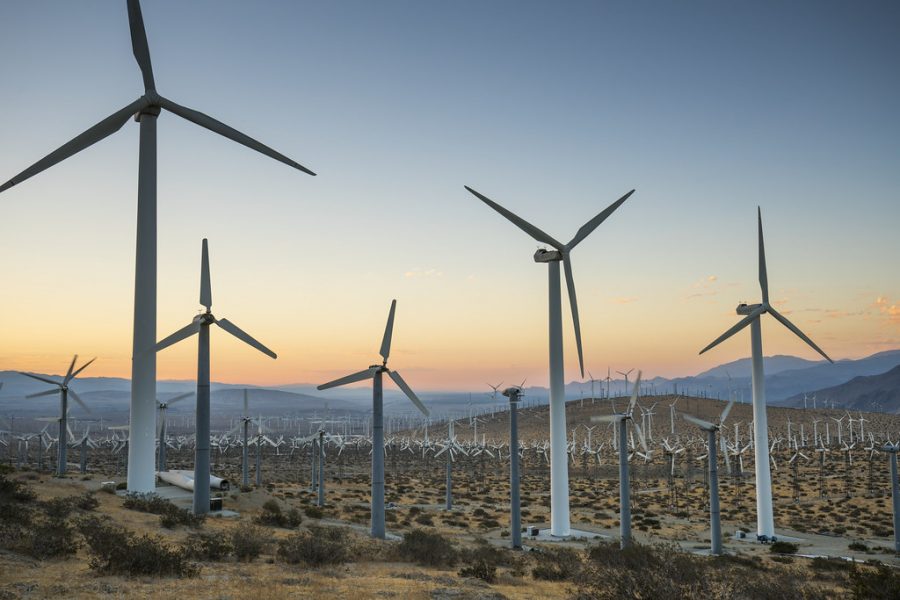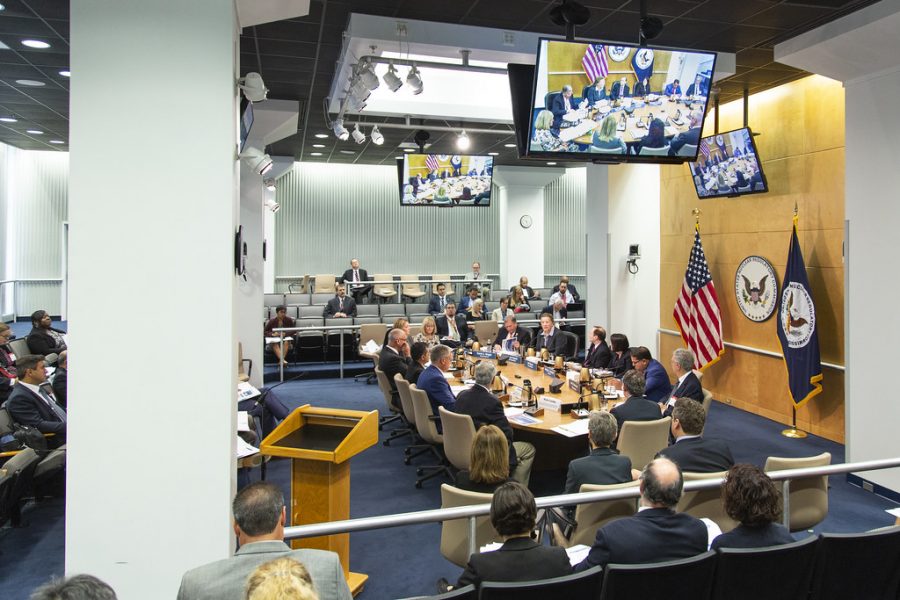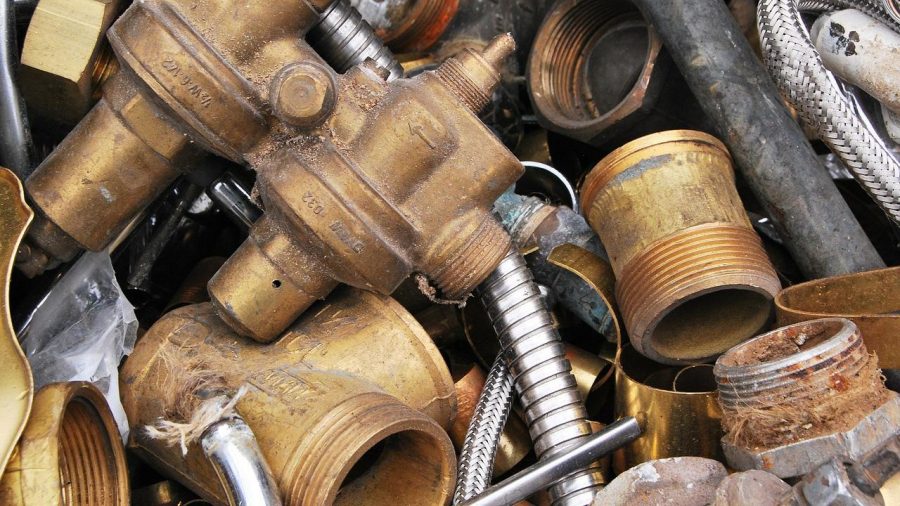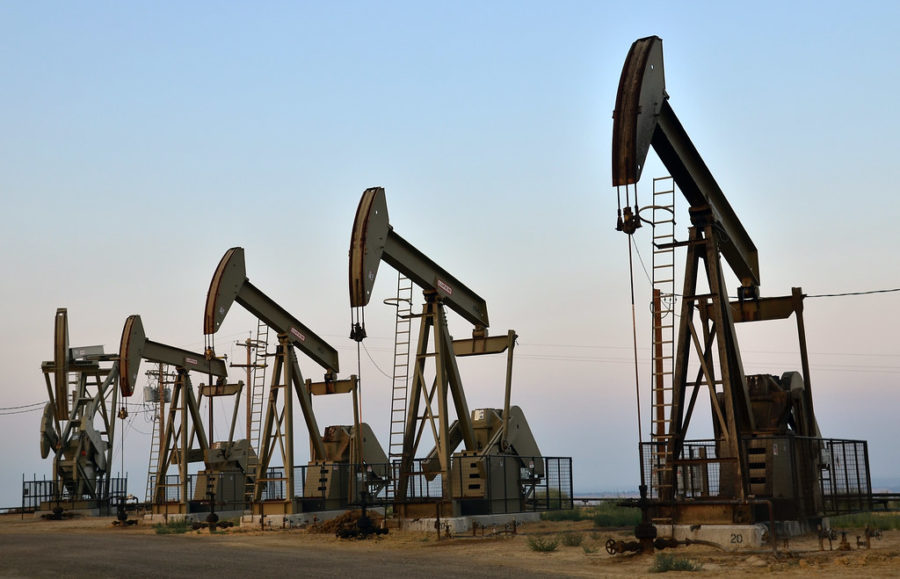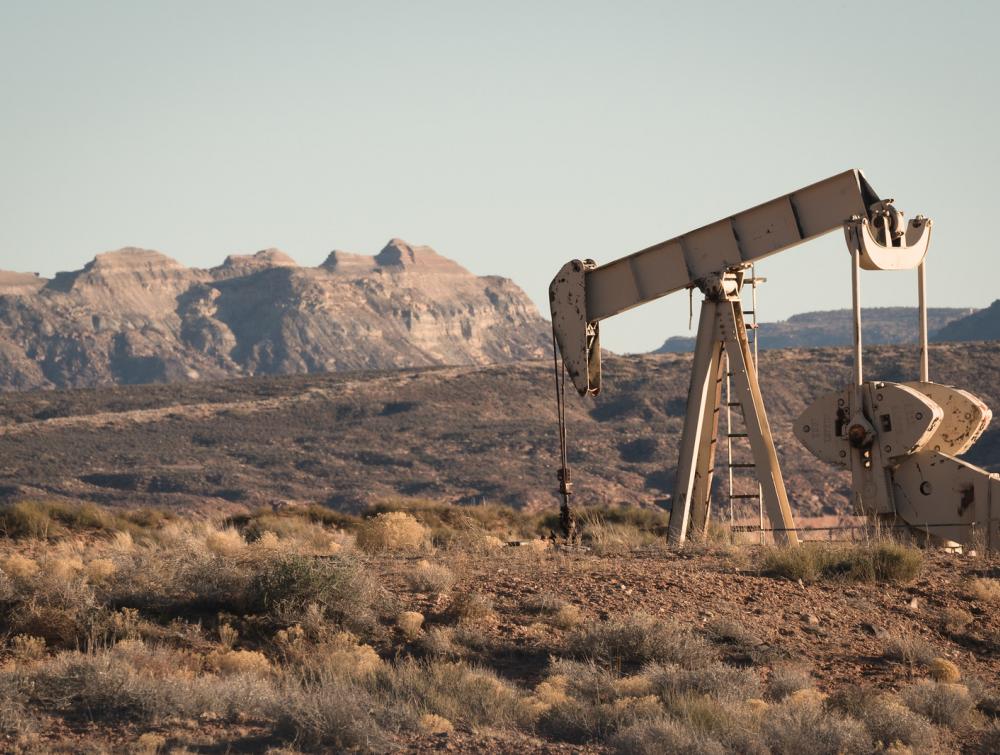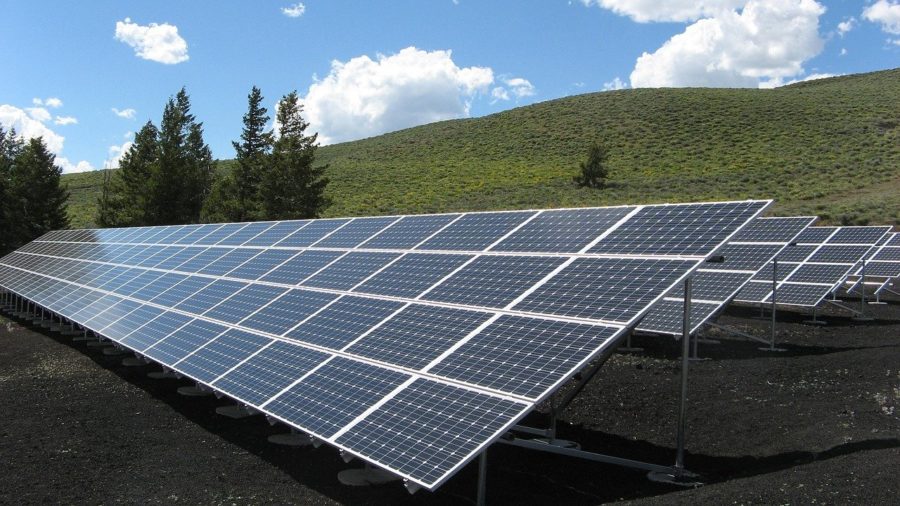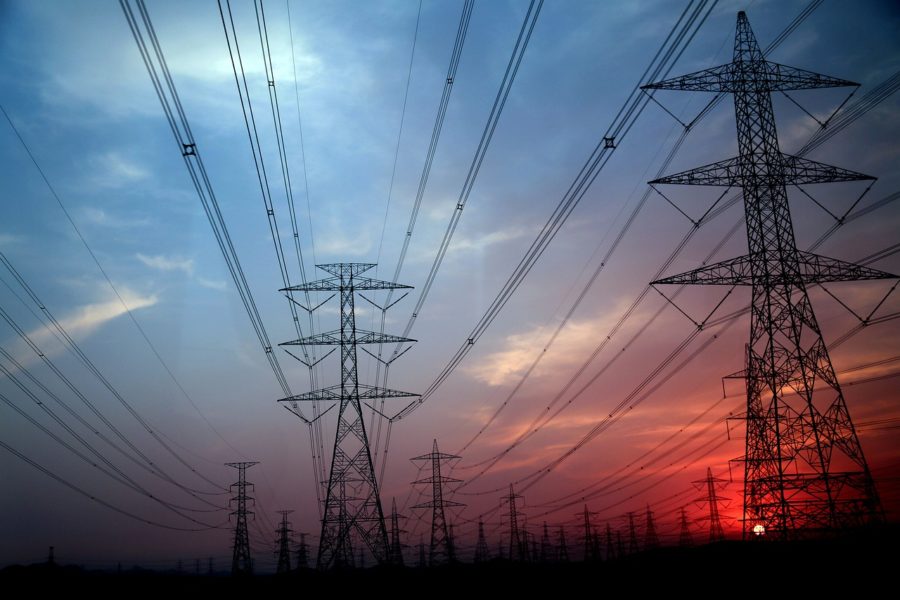The Biden administration recently issued a decision walking back proposed amendments to the Bureau of Land Management’s (BLM) Desert Renewable Energy Conservation Plan (DRECP)[i] which, if adopted, would have opened 800,000 acres of land in the California desert for renewable energy development.[ii] Conservation advocates praised the decision while renewable energy developers lamented the loss of an opportunity to expand solar and wind generation in the region.[iii]
Developed during the Obama Administration, the DRECP sets aside nearly 11 million acres of public lands in the California desert for renewable energy development and conservation projects.[iv] Billed as a collaboration between federal and state partners including the California Energy Commission, California Department of Fish and Wildlife, BLM, and U.S. Fish and Wildlife Service, the DRECP seeks to capitalize on the region’s abundant sun, wind, and geothermal resources while also preserving the area’s ecological diversity.[v]

